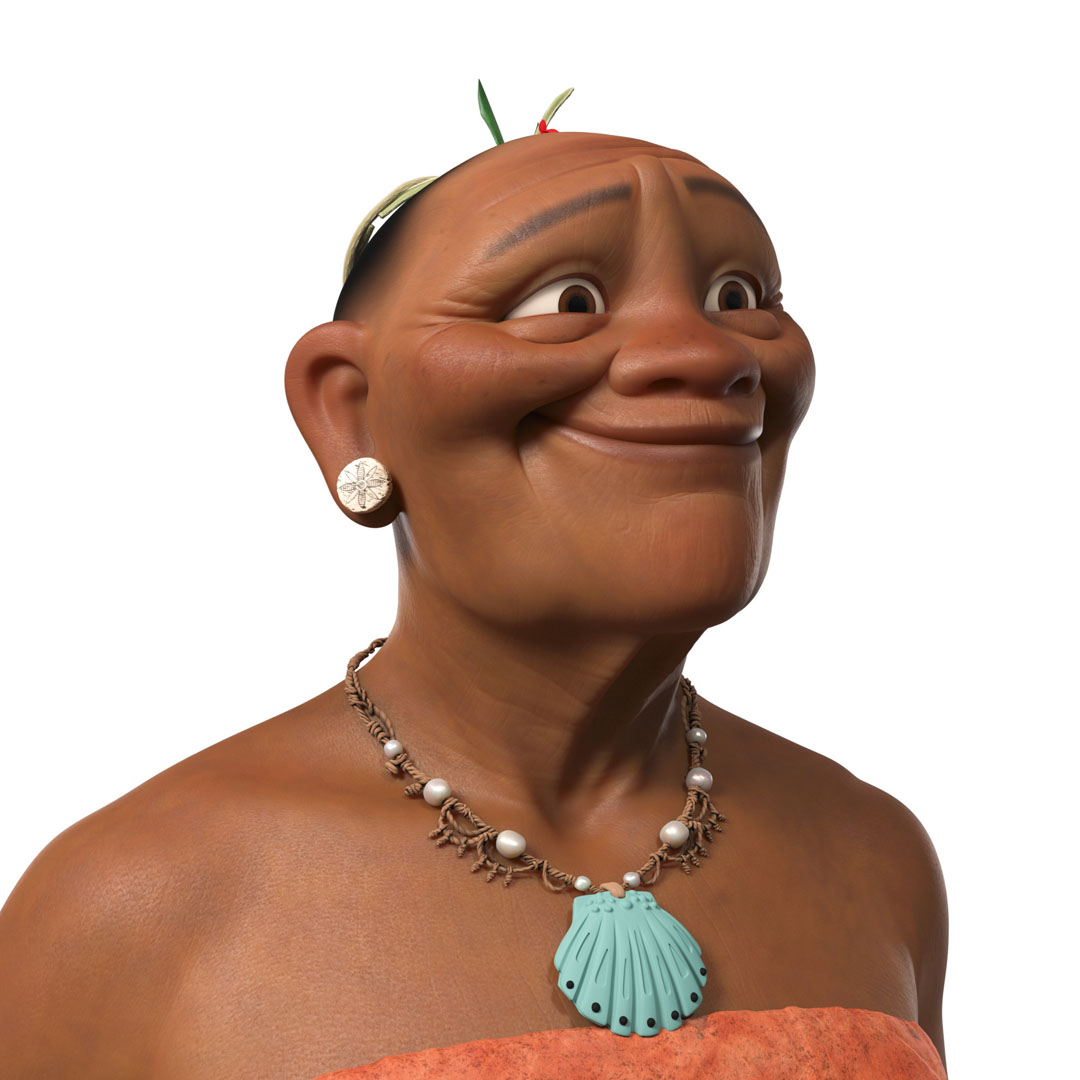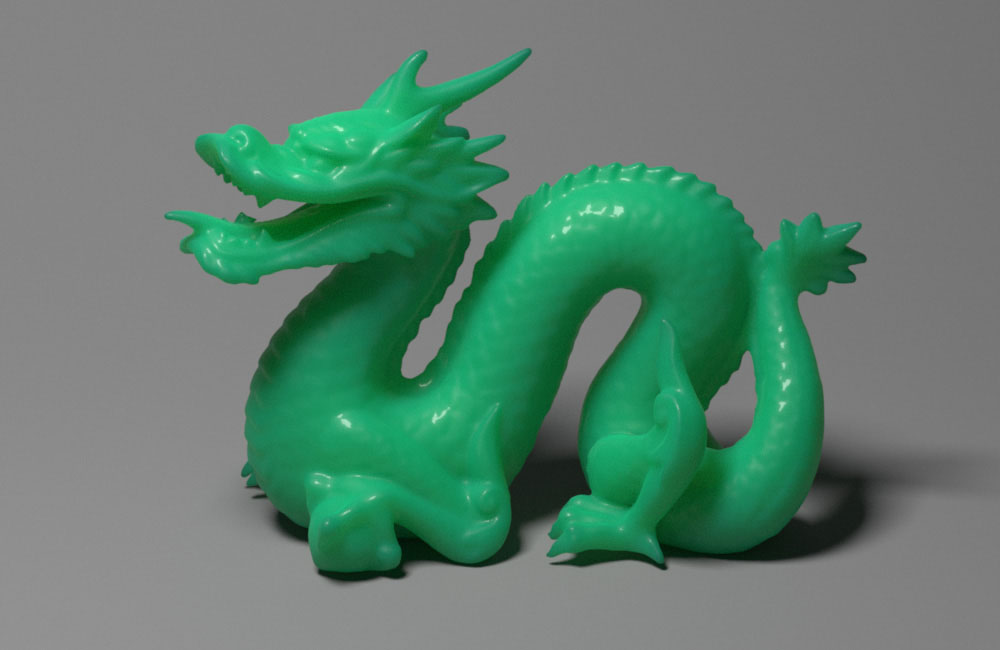“Practical and Controllable Subsurface Scattering for Production Path Tracing”
Conference:
Type(s):
Entry Number: 49
Title:
- Practical and Controllable Subsurface Scattering for Production Path Tracing
Presenter(s)/Author(s):
Abstract:
Subsurface scattering is ubiquitous in digital worlds created for films. While diffusion-based approximations are still widely used, they can produce undesirable and implausible results when the “semi-infinite slab” assumption is violated. The brute force alternative, Monte Carlo simulation of volumetric path tracing, is much more robust over geometric variations. However, its physically based nature makes it unintuitive for artists. In this talk, we exploit the best of both worlds: taking advantage of the robustness of the path-traced approach while allowing artists to use the production-proven intuitive controls from the Normalized Diffusion model [Burley 2015]. We also introduce a sampling scheme that improves the performance of the brute force approach to be practical for production rendering.
References:
Burley, B., 2015. Extending disney’s physically based brdf with integrated subsurface scattering. ACM SIGGRAPH 2015 Physically Based Shading Course Notes, July.Google Scholar
Christensen, P. H. 2015. An approximate reflectance profile for efficient subsurface scattering. In ACM SIGGRAPH 2015 Talks, ACM, 25. Google ScholarDigital Library
King, A., Kulla, C., Conty, A., and Fajardo, M. 2013. Bssrdf importance sampling. In ACM SIGGRAPH 2013 Talks, ACM, 48.
Keyword(s):
Acknowledgements:
Dragon model courtesy of the Stanford Computer Graphics Laboratory. All other images c Disney Enterprises, Inc.








